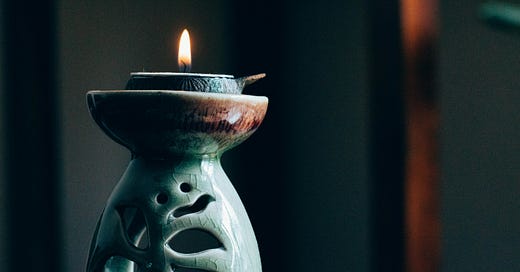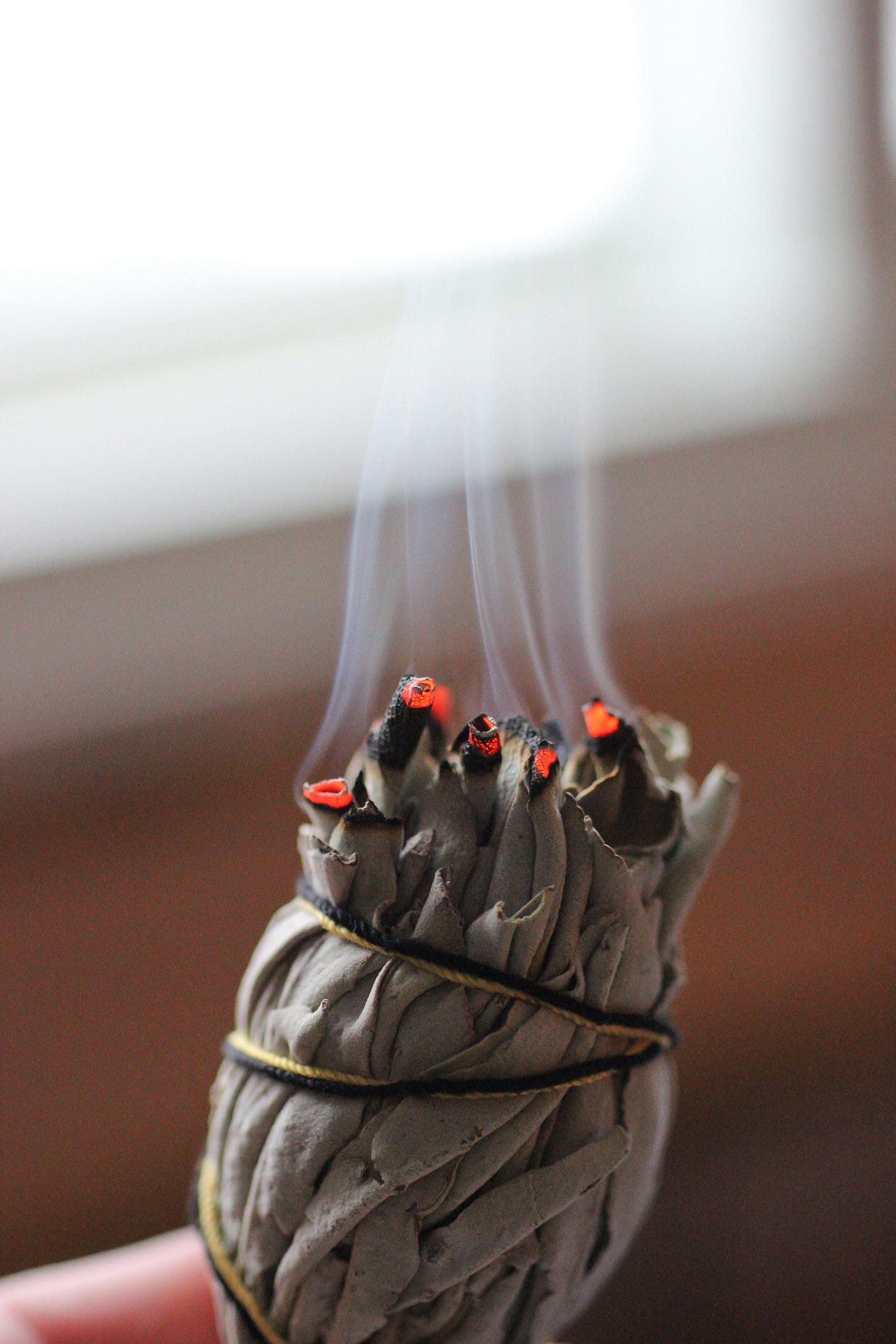Purification rituals have been integral to human culture for thousands of years, practiced across different societies to cleanse oneself physically, mentally, and emotionally. These rituals are often seen as a way to prepare for significant life events, achieve inner peace, or restore balance in one’s life. The concept of purification is deeply rooted in the belief that human beings are connected to the natural world, and maintaining this connection requires a form of cleansing that removes impurities, whether physical, emotional, or mental.
Purification rituals can be traced back to ancient civilizations, where they played a crucial role in various cultural practices. In ancient Egypt, for instance, purification was essential before entering sacred spaces. People would bathe in the Nile River, which was believed to be the source of life and purity. This ritual bathing was seen as a necessary act to cleanse both the body and the spirit. Similarly, in ancient Greece, purification was a prerequisite for participating in certain rites. Participants would cleanse themselves in the sea and abstain from certain foods and behaviors as a way to purify their bodies and minds.
In many indigenous cultures, purification rituals are performed to maintain harmony with the natural world. For example, various Native American tribes often use smudging, a practice that involves burning herbs like sage, sweetgrass, or cedar, to cleanse a person, object, or space of negative energy. The smoke is believed to carry away impurities and restore balance. Similarly, in various African traditions, purification rituals involving water, herbs, and specific practices are conducted to cleanse individuals and communities, ensuring that they remain in alignment with the spiritual forces that govern their lives.
In modern society, purification rituals have evolved to incorporate a blend of traditional practices and contemporary wellness trends. Many people today seek purification as a way to detoxify the body and mind, often in response to the stresses and demands of modern life. Practices such as fasting, juice cleanses, and sweat lodges are popular methods of physical purification that are believed to not only cleanse the body but also promote mental clarity and emotional balance.
Fasting, for example, is a practice found across different cultures and is often undertaken as a form of discipline or self-care. In the modern context, fasting is also embraced for its health benefits, such as detoxification and weight loss. Similarly, sweat lodges, which have their origins in indigenous traditions, are used by people seeking to purify their bodies and minds through intense heat and sweating. The experience is often accompanied by meditation or quiet reflection, reinforcing the mental and emotional aspects of the purification process.
Yoga and meditation, which have roots in ancient practices, have also gained widespread popularity as forms of mental and spiritual purification. These practices emphasize the purification of the mind through breath control, physical postures, and focused concentration. The concept of cleanliness and mental purity is central to these practices, advocating for both physical and mental clarity as essential for overall well-being.
Another modern interpretation of purification rituals can be found in the practice of decluttering and minimalism. While not a traditional ritual in the cultural sense, the act of clearing out physical spaces can be seen as a form of purification. By removing unnecessary possessions and organizing one’s living environment, individuals often report feeling a sense of relief, clarity, and renewed energy. This practice reflects the broader theme of purification as a means to restore balance and harmony, not just within the self, but also in one’s external surroundings.
Beyond the physical and mental aspects, purification rituals can also serve as powerful tools for psychological and emotional healing. Many people turn to these rituals during times of crisis, grief, or transition, seeking to cleanse themselves of negative emotions or past traumas. Rituals such as writing and burning letters, taking ritual baths, or participating in group ceremonies can provide a structured way to release pent-up emotions and begin the process of healing.
For instance, in many cultures, water is seen as a symbol of emotional purification. Taking a ritual bath or immersing oneself in a natural body of water can be a way to symbolically wash away emotional pain or negative energy. Similarly, the act of burning letters or other symbolic objects is often used in therapeutic contexts to help individuals let go of past hurts or regrets. These practices offer a way to release emotional burdens and move forward with a sense of renewal.
In contemporary society, the fast-paced and often chaotic nature of daily life can leave individuals feeling overwhelmed, stressed, and disconnected from their inner selves. Purification rituals offer a way to pause, reflect, and reset. Whether through traditional practices or modern interpretations, these rituals provide a structured approach to releasing what no longer serves us and embracing a sense of clarity and peace.
Many people today incorporate purification rituals into their self-care routines as a way to maintain balance and harmony in their lives. This might involve regular detox practices, mindfulness exercises, or simply taking time to declutter and organize their surroundings. The key is to find practices that resonate personally, allowing for a deep sense of purification and renewal.
Last but not least, cleansing your conscience is the most important of all, as having and setting the right intention is crucial for attracting the corresponding energies and realities.





